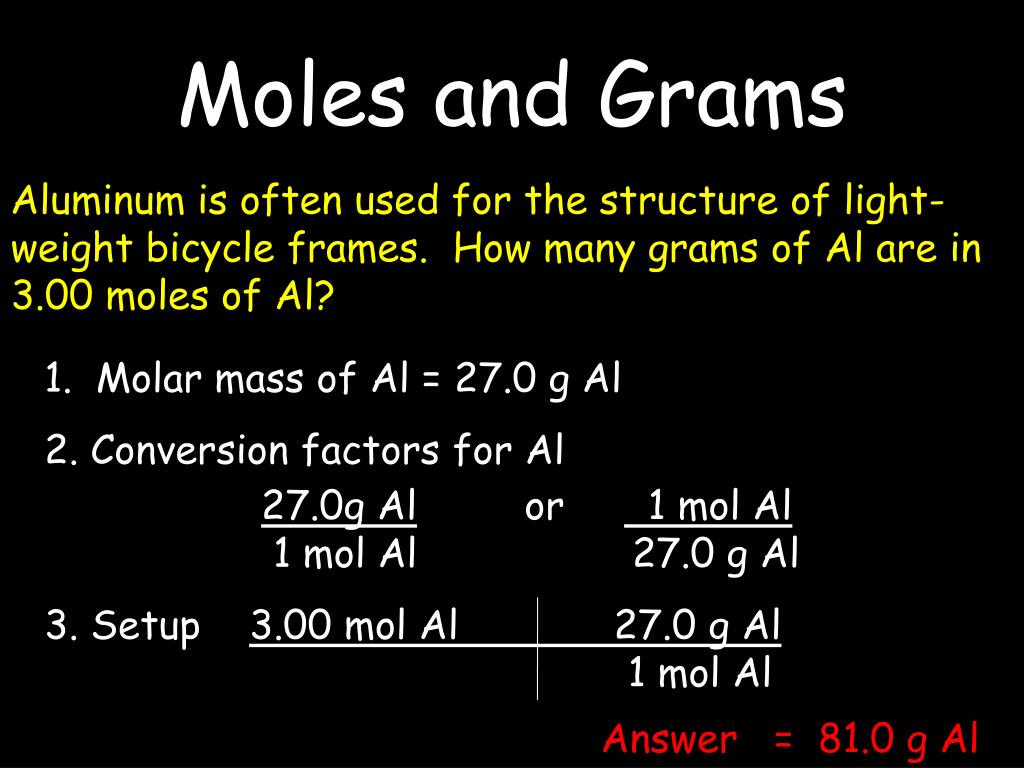

The other three selected antigens are secreted virulence factors and include α-hemolysin (Hla), ess extracellular A (EsxA), and ess extracellular B (EsxB). 1 A) and belongs to a family of proteins encoded in at least four distinct loci sharing from 54% to 91% sequence identity ( 7). Csa1A is highly conserved across different S. FhuD2 is a lipoprotein involved in iron uptake and in early stages of invasive S. Two of them, the ferric hydroxamate-binding lipoprotein FhuD2 and the putative lipoprotein named conserved staphylococcal antigen 1A (Csa1A), are surface-exposed antigens that were identified in our laboratories using MS-based surfome analyses and bioinformatics ( 6, 7). The antigens included in our candidate combination vaccine were selected among surface and secreted factors previously shown to be protective and involved in S. aureus clinical isolates in different mouse models. The main objective of the study was to combine the selected antigens in the presence of appropriate adjuvants and to demonstrate protective efficacy against a panel of genetically different S. In line with the multicomponent strategy, our laboratory has undertaken a vaccine discovery project aiming at the identification of conserved antigens, which play important roles in S.

aureus produces a plethora of virulence and immune evasion factors, different vaccine candidates, constituted by multiple components, are currently in phase I/II trials, but efficacy data are not available yet ( 5). On the basis of these disappointing results and taking into account that S. Both vaccines failed in phase III efficacy trials ( 3, 4). Two prophylactic vaccines have been tested recently for efficacy in humans: StaphVAX, which contained capsular polysaccharides type 5 and 8 (CP5 and CP8), and V710, based on a single protein antigen (IsdB) ( 1, 2).

Therefore, there is an urgent need to develop vaccines to target this pathogen. aureus.Ĭurrent antibiotics are not efficacious against emerging multidrug-resistant strains of Staphylococcus aureus, a major human pathogen. Altogether, our data demonstrate that the rational selection of mixtures of conserved antigens combined with Th1/Th17 adjuvants can lead to promising vaccine formulations against S. In addition, low frequencies of IL-17–secreting T cells were also observed. The new formulation induced not only high antibody titers but also a Th1 skewed immune response as judged by antibody isotype and cytokine profiles. Furthermore, when formulated with a toll-like receptor 7-dependent (TLR7) agonist recently designed and developed in our laboratories (SMIP.7–10) adsorbed to alum, the five antigens provided close to 100% protection against four different staphylococcal strains. The importance of antibodies in protection was demonstrated by passive transfer experiments. The combined vaccine antigens formulated with aluminum hydroxide induced antibodies with opsonophagocytic and functional activities and provided consistent protection in four mouse models when challenged with a panel of epidemiologically relevant S. They include the secreted factors α-hemolysin (Hla), ess extracellular A (EsxA), and ess extracellular B (EsxB) and the two surface proteins ferric hydroxamate uptake D2 and conserved staphylococcal antigen 1A. aureus vaccine, we selected five conserved antigens known to have different roles in S. With the attempt to develop an effective S. Both active and passive immunization strategies against Staphylococcus aureus have thus far failed to show efficacy in humans.


 0 kommentar(er)
0 kommentar(er)
